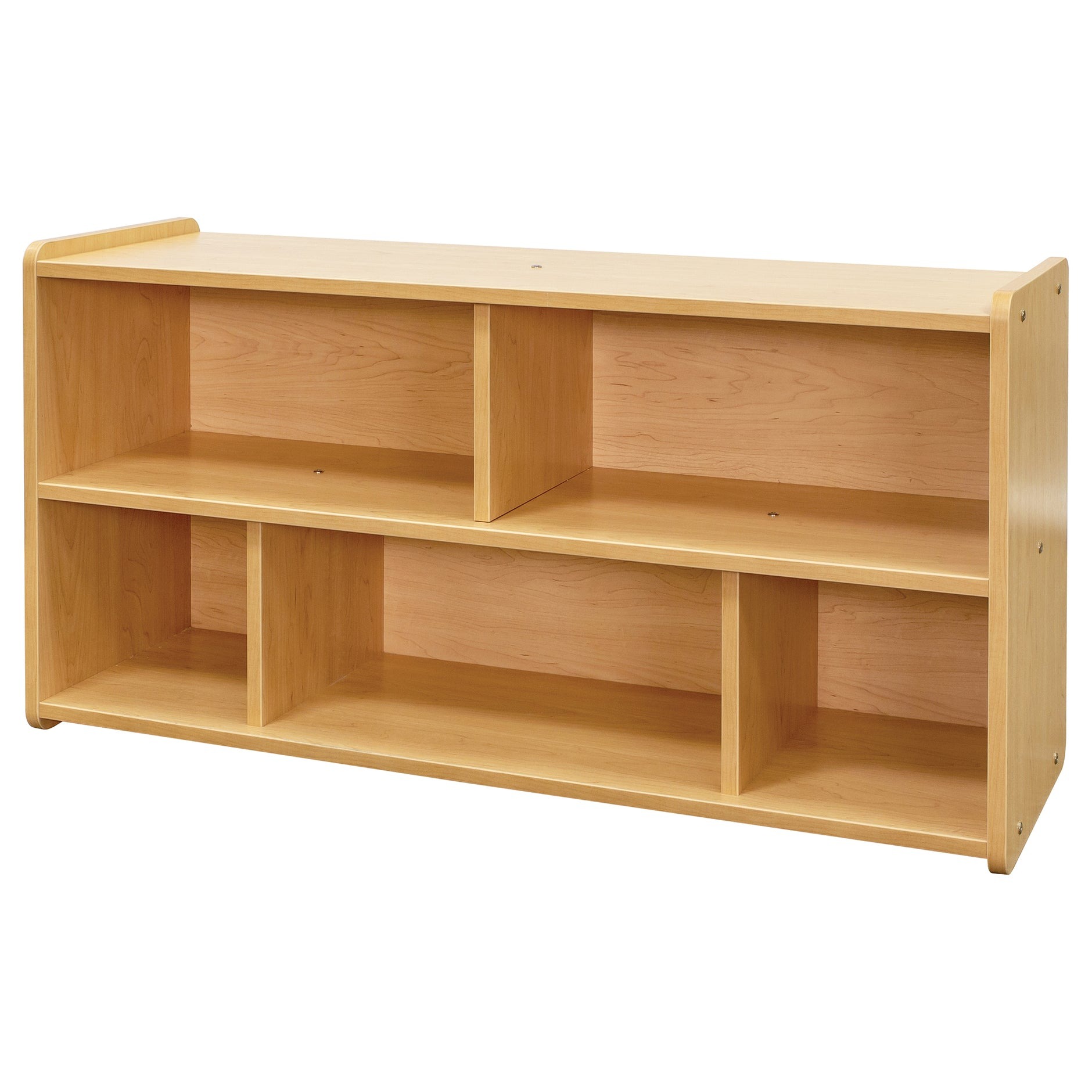Keeping a playroom or any part of your home tidy when you have children can be a challenging task. Toys seem to multiply and clutter every available space. Selecting the right toy organizer can transform chaos into order and make cleanup routines much easier. Here’s a comprehensive guide on how to choose the right toy organizer for your space.
Assessing Your Needs

The first step in choosing a toy organizer is to assess your specific needs. Consider the types and number of toys that need organizing and how often they are used. If your child has a vast collection of small toys like action figures or building blocks, an organizer with multiple small compartments will be ideal. For larger toys like dolls or sports equipment, bigger bins, shelves, or a dedicated toy shelving storage system may be more practical. Taking inventory of the toys and understanding their unique storage requirements will help you select the most functional organizer.
Measuring the Space
Measuring the space where the toy organizer will be placed is crucial for an efficient setup. Take accurate measurements of the area’s height, width, and depth to ensure the organizer fits comfortably without overcrowding the room. Consider any obstacles such as doorways, windows, or furniture that could affect placement. Additionally, think about the available floor space and whether a free-standing unit, wall-mounted shelves, or a combination of both would work best. If you're focused on decluttering toys with open shelves, ensure there's enough space to keep everything accessible and organized. Having these measurements on hand will help you choose the right organizer without the risk of it being too large or too small.
Considering Material and Durability
Toy organizers come in a variety of materials, each offering different levels of durability and aesthetic appeal. Common materials include plastic, wood, and fabric. Plastic organizers are lightweight, easy to clean, and come in a plethora of colors and designs. They are ideal for younger children who may need sturdier items that can withstand rough usage.
Wooden organizers are more durable and aesthetically pleasing, making them suitable for a more polished look in shared living spaces. Fabric bins and organizers are often softer and can be collapsed when not in use, but they may not endure heavy or repeated use as well as plastic or wood. Choose a material that matches both the decor of your space and the durability required based on your child’s habits.
Evaluating Design and Style
The design and style of the toy organizer should complement the overall decor of your living space. Whether you prefer a playful, vibrant look for a dedicated playroom or a subtler design that blends seamlessly into a living room, there are options to suit every taste. For those aiming for a minimalist living room aesthetic, organizers with neutral colors and sleek lines can help maintain a clean and clutter-free space. Alternatively, fun, whimsical designs that reflect your child’s favorite themes or characters can add a playful touch. Some organizers also come with customizable features such as label holders or interchangeable bins, allowing you to adapt both the appearance and functionality as needed.
Functionality and Features
Functionality is a key consideration when selecting a toy organizer. Look for features that enhance the usability and accessibility of the organizer. Adjustable shelves, stackable bins, and modular units provide flexibility to adapt as toy collections change over time. Bins with removable dividers can cater to different-sized toys, while clear bins or labeled compartments help children easily find and return their toys, fostering good organizational habits. Additional features like wheels can add mobility to the organizer, allowing for easy movement between rooms when needed.
Safety Considerations
Safety should always be a priority when selecting a toy organizer for a child’s space. Ensure that the organizer is stable and won’t tip over easily. For taller units, consider securing them to the wall to prevent accidents. Check for non-toxic materials and finishes, especially if you have young children who tend to put things in their mouths. Avoid organizers with sharp edges or small parts that could pose a choking hazard. Choosing an organizer with safety features can provide peace of mind while ensuring a safe environment for your child.
Budgeting Wisely
Setting a budget is essential when shopping for a toy organizer. Prices can vary widely depending on the material, size, and brand. It’s important to strike a balance between cost and quality. While it may be tempting to go for the cheapest option, investing in a slightly more expensive, durable organizer can save you money in the long run as it will withstand wear and tear better. Look for reputable brands and read customer reviews to gauge the quality and longevity of the product. Remember, a practical and durable toy organizer is an investment in keeping your space tidy and functional.
Wrapping Up
Choosing the right toy organizer for your space involves careful consideration of your storage needs, available space, material preferences, design aesthetics, functionality, safety, and budget. By taking the time to evaluate these factors, you can find a toy organizer that not only keeps your home tidy but also enhances the overall look and feel of your living space. An organized space not only helps in maintaining order but also teaches children the value of organization and responsibility, creating a harmonious and clutter-free environment for everyone.